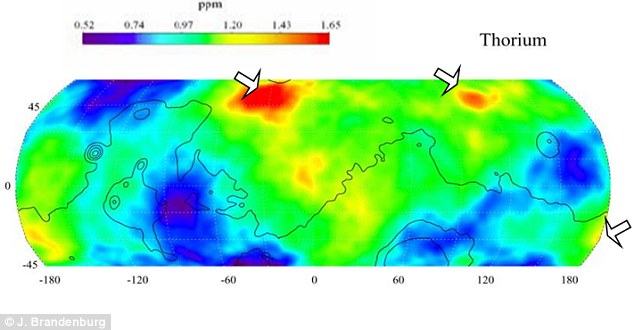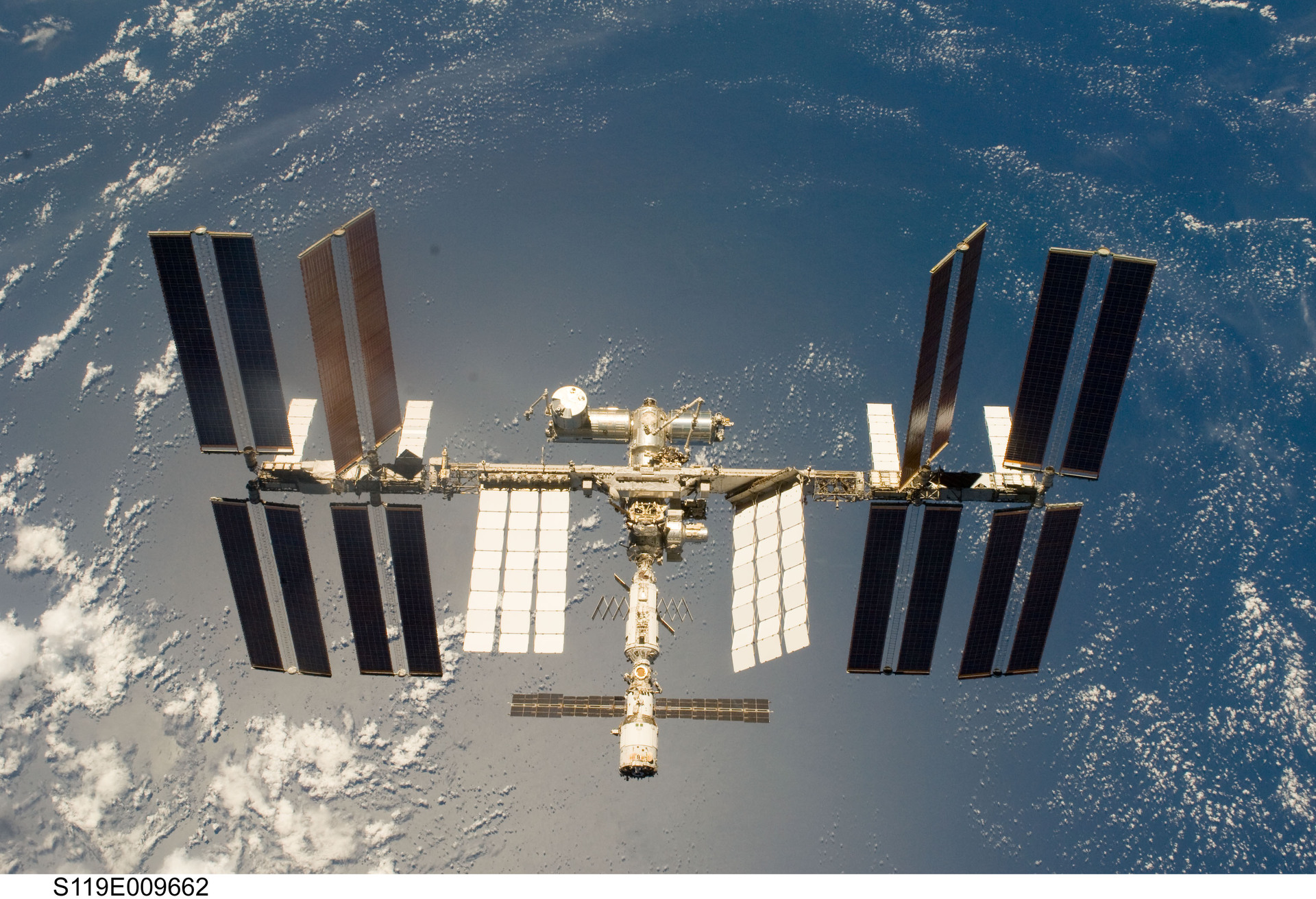The most interesting events of astronautics and astronomy for the week (03.28-05.04)

The time has come for a new digest about the most interesting events in the world of astronautics and astronomy. There was, as always, a lot of interesting things, and if you missed previous events - it's time to get to know them.
Unfortunately, life on Mars has not yet been discovered; man has not received the signals of other civilizations. But all this does not make space less interesting. So, let's start!
Dark matter is still a mystery to scientists
')

The study of dark matter has been going on for a long time, scientists all the time trying to clarify what this matter is. Not so long ago, experts studied images of 72 collisions of galactic clusters, and it turned out that dark matter does not interact not only with ordinary matter, but even with itself.
At the same time, this mysterious substance cannot be observed with ordinary means. It does not interact with electromagnetic radiation, nor with light. As far as can be understood, it has only a gravitational effect on ordinary matter, there are simply no other manifestations of the influence of dark matter.
The study of this issue continues, and now scientists hope that the analysis of collisions of single galaxies will help to create a more or less coherent theory of what dark matter is.
Curiosity discovered gypsum structures and nitrates on Mars

Now the rover Curiosity continues its journey on the surface of Mars. Rover managed to get out of a difficult situation with a short circuit, and continue to study the rocks of Mars . In the Artist`s Drive hollow, scientists discovered plaster structures (most likely, plaster structures, the determination has not yet been carried out), which have a very unusual shape.
In addition, the rover found in the soil of Mars and nitrates, the content of which is 0.1% -1%. Usually, nitrogen is very actively involved in biochemical processes; without it, the formation of the most important organic compounds that are involved in the formation of protein and nucleic acids is impossible. However, so far the question of how nitrogen got into the rocks of Mars remains open.
Telescope James Webb will be ready in time

Hubble's heir, the James Webb space telescope will be ready on time , despite the price increase. This was reported in the NASA. Thus, a telescope with a total surface area of 25 square meters and a solar panel will be launched into space as early as 2018. In this case, the system will be located at the L2 point L2, the Sun-Earth system.
The Chinese are considering the possibility of creating a space power station

The question of placing a solar power station into Earth orbit, in order to obtain energy on the surface of the planet, cannot be called new. Science fiction and popularizers of science discussed this problem in the middle of the 20th century. However, this problem is quite complicated.
But the Chinese are now conducting calculations on the project to create an orbital power station, which can produce a very significant amount of energy. The Chinese government encourages experts, so you can expect that all this does not stall just like that, the project will try to implement.
Were nuclear explosions on Mars?

The theory of Dr. Jonah Brandenburg is quite extravagant. According to John, nuclear explosions were made on Mars, and this theory is not as crazy as it may seem. The fact is that the content of the Martian atmosphere is quite a lot of Xenon-129, and Mars Odyssey Orbiter found on the surface of the planet thin layers of radioactive substances: thorium, uranium, radioactive potassium.
John Brandenburg claims that hydrogen equivalent bombs in the equivalent of a billion megatons occurred in two regions of Mars: Cydonia Mensa and Galaxias Chaos, turning huge regions into “glass”. At the time of the disaster, according to John, the planet had a climate similar to that of the Earth, the same temperature and atmospheric pressure, with a powerful biosphere and an atmosphere rich in oxygen. The ancient Martians Cydonians and Utopians, were destroyed as a result of a nuclear attack of some alien race. The reason was the "excessive noise" of the Martian civilization. Branderbug argues that the same fate can befall the earthlings as well, therefore it is necessary to send a manned expedition to Mars as soon as possible and understand this story on the spot.
NASA announced an interactive site to explore the asteroid Vesta

The NASA agency launched the Vesta Trek web application, which is intended to study the asteroid Vesta. The principle of the application is very similar to the web version of Google Earth - images of Vesta, covering some of the asteroid, you can move around the screen, scale and click on the marked points to obtain information about the object.
In addition, there is a spectacular opportunity to view the asteroid in 3D-mode from all sides. For those who are completely unfamiliar with the topic, it is suggested to get a quick reference, but it is only in English.
The power system of the International Space Station
 What is the ISS energy infrastructure ? What are the main components of this system? What is the power unit? All these questions can be answered by an interesting article that shows the entire underside of the ISS energy infrastructure. The description is clear enough even for the uninitiated person.
What is the ISS energy infrastructure ? What are the main components of this system? What is the power unit? All these questions can be answered by an interesting article that shows the entire underside of the ISS energy infrastructure. The description is clear enough even for the uninitiated person.The ISS receives all its energy from the Sun. Like Earth, the station is approximately 149 million kilometers away from the nearest star. At this distance, it is possible to extract more kilowatts of energy per square meter. The energy at the station is collected by solar panels, which use a photo effect to directly generate electricity. The main consumers of electricity at the station are thermal control systems, pumps, air treatment systems, equipment for communication.
Source: https://habr.com/ru/post/366727/
All Articles